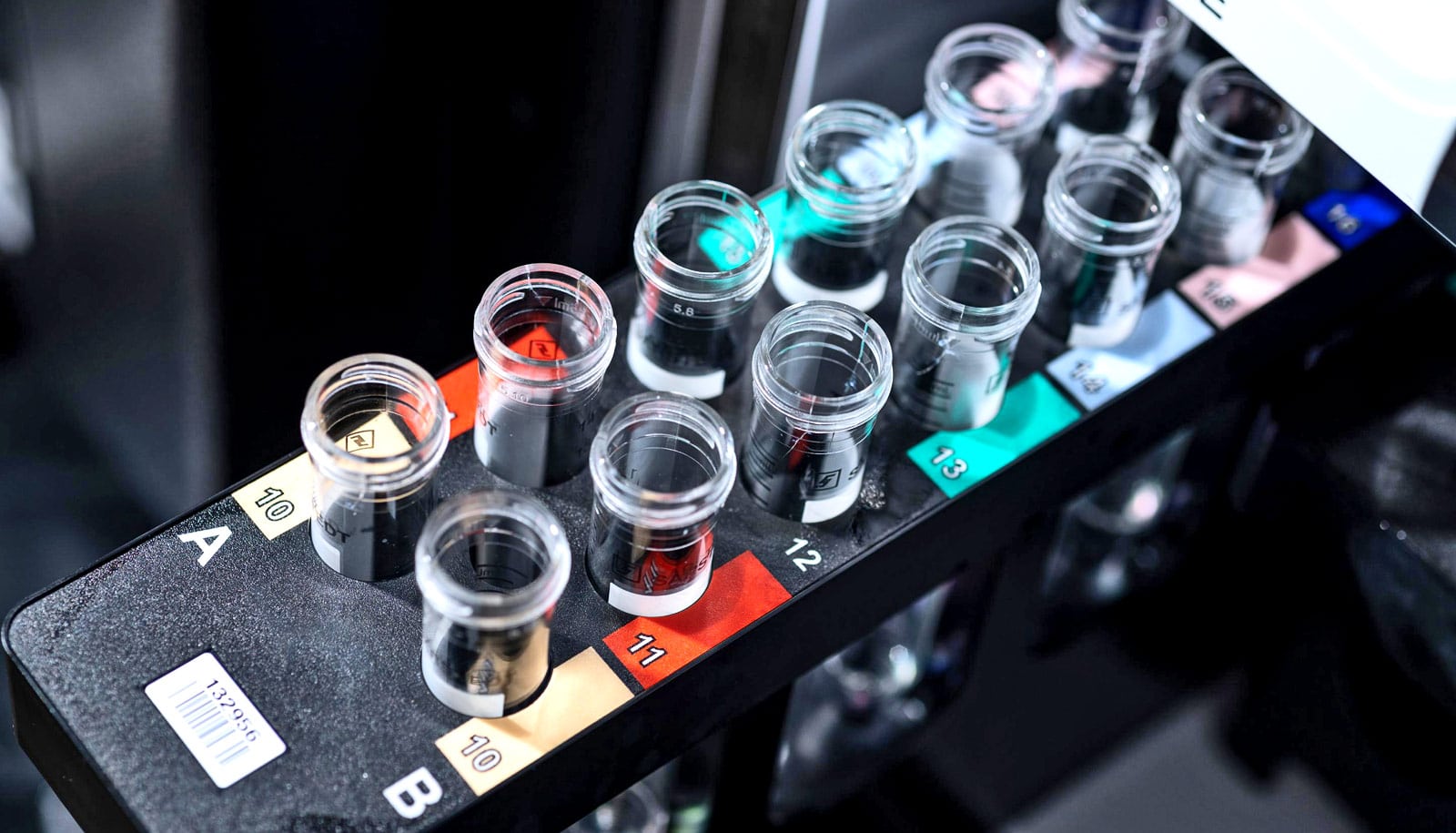
(Credit: Getty Images )
We’re constantly generating ‘shadow’ medical records
If you wear a FitBit, buy health items, google medical stuff, or post online about your health, you have a shadow medical record. Who's using it and why?

We all have official medical records, locked away in the computers and file cabinets of our doctors’ offices and hospitals, protected by strict privacy laws. But we also have the informal “shadow” records we generate just by living our lives.
In a new article in Science, a team of experts calls for attention to this shadow record.
They describe it as the data generated by everyone who wears a fitness tracker, uses a smartphone health app, shops for health-related items—or really, almost anything—online or with a customer loyalty card, orders DNA tests to learn about their genetic disease risk or ancestry, searches the internet for health information, or posts on social media or other sites about their health.
When academic researchers or industry pool together and use shadow-record elements, they can fuel progress in health care research and innovation, say team leader Nicholson Price, assistant professor of law at the University of Michigan, and coauthors.
In fact, he and his colleagues say companies have already started gathering and selling access to massive amounts of such data. But, they say, few rules apply to the storage and use of shadow data—and the protection of the people behind the data.
Meanwhile, some academic researchers already study bulk data from official medical records—after it’s been stripped of individual identification. That kind of study, called health services research, has fueled many improvements in care and policy.
Price and Kayte Spector-Bagdady, an assistant professor at the University of Michigan Medical School and member of the university’s Center for Bioethics & Social Sciences in Medicine, reviewed the current laws and regulations surrounding shadow medical records.
“Not all industry involvement in health data is a bad thing,” Spector-Bagdady says. “Industry can help propel innovation. But relying on loopholes to collect personal health data without knowledge is predatory.”
She and Price worked with Margot Kaminski, an associate professor of law from the University of Colorado, and Timo Minssen, director of the Center for Advanced Studies in Biomedical Innovation Law at the University of Copenhagen.
They call for better clarity in current regulations, to make sure research in the public interest can go forward. And they recommend that any future data privacy-related hearings, legislation, and regulations should pay special attention to health-related topics.
‘Black box’ algorithms
Price has also written recently about another area of data-drive health innovation that he says needs more transparency.
Called “black box” algorithms, they’re a burgeoning type of artificial intelligence software that harnesses large-scale medical data to give doctors, other health providers, or consumers advice on health topics.
“Privacy underprotection and overprotection each create cognizable harms to patients both today and tomorrow.”
They’re based on machine learning, which feeds massive amounts of data into computerized systems and teaches them to recognize and predict patterns.
For instance, using data about lung cancer risk from thousands of patients, an algorithm could help doctors decide which patients should go for chest CT scans to see if they have early signs of lung cancer, and which aren’t as likely to benefit from such screening.
Writing in Science Translational Medicine, Price describes the potential value of these algorithms in predicting the course of disease, or augmenting the skills of radiologists and pathologists in reading scans and tissue samples from patients.
But he also notes that guidelines for the clinical use and regulation of such tools need to be developed now, including standards for validating the tools’ actual usefulness.
More transparency by industry about the data and assumptions used in making their black boxes could help increase the chance that providers will opt to use the tools—and that regulators would not crack down on them in a way that limits their use.
Rather, he argues, the medical algorithm sector needs regulatory flexibility, transparency, and broad involvement by different sectors of the health system including researchers, providers, and regulators.
“Big data and AI are racing ahead in medicine,” Price says. “And right now, law and policy are playing catch-up.”
Too much privacy?
Price also wrote a review article in Nature Medicine with I. Glenn Cohen of Harvard University’s Petrie-Flom Center for Health Law Policy, Biotechnology, and Bioethics. In it, they look at many legal and ethical aspects of the rise of big data, artificial intelligence, machine learning, and other data-driven technologies in medicine.
They call for a balance between maximizing the potential development and use of such tools, and protecting the privacy of those whose medical and shadow data would be used anonymously to build and test the tools.
“It is important that we not assume privacy maximalism across the board is the way to go,” Price and Cohen write. “Privacy underprotection and overprotection each create cognizable harms to patients both today and tomorrow.”
Source: University of Michigan
The post We’re constantly generating ‘shadow’ medical records appeared first on Futurity.
Share this article:
This article uses material from the Futurity article, and is licenced under a CC BY-SA 4.0 International License. Images, videos and audio are available under their respective licenses.
Related Articles:
How big data and unfair algorithms change our lives
Aug. 20, 2019 • futurityOpen source tool picks best chemo drug 80% of the time
Dec. 4, 2018 • futurityLinks/images:
- http://dx.doi.org/10.1126/science.aav5133
- http://dx.doi.org/10.1126/scitranslmed.aao5333
- https://doi.org/10.1038/s41591-018-0272-7
- https://news.umich.edu/more-light-needed-on-medical-shadow-records-black-box-tools/
- https://www.futurity.org/shadow-medical-records-privacy-1989902-2/
- https://www.futurity.org


